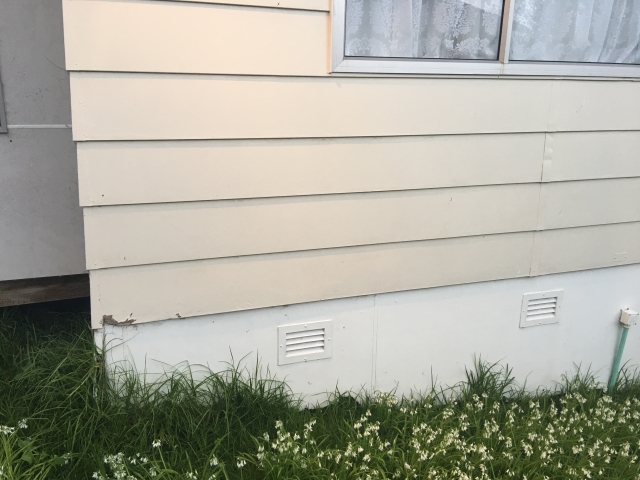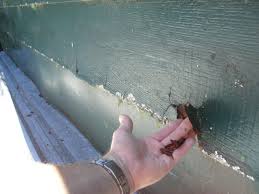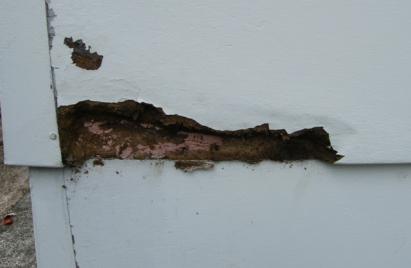
What to look out for when buying a house – Part 1 – Oil Tempered Hardboard.
When buying a property it is important that you are aware of any issues that might cost you money in the future. This will ensure you are not paying top dollar for a lemon.
Most people in the market for a new house will view the property, identify any defects and then contract a building inspector to complete a building inspection. This will usually happen prior to them putting in their offer. It is important to note that all properties have defects, new or old, but it is our inspectors job to identify how bad the defects are.
Here at Betta Inspect It, our team care about protecting you. Which is why we offer thorough, timely building inspections so you can make an informed property decision.
Matt Mason – CEO
Defect 1 – Oil Tempered Hardboard
The first defect we recommend keeping an eye out for is oil tempered hardboard. This is also known as weatherside. Oil tempered hardboard was made in the 1970s and removed from the market ten years later. It does not tolerate prolonged exposure to moisture, which is why the building material was quickly removed from the market.
While compensation packages were offered to homeowners to replace the product, not everyone used the money to do this. This has created an issue for future property buyers, because the product can still be found in a range of houses throughout New Zealand to this day.
Oil tempered hardboard can be okay if it is painted correctly, however regular maintenance is required. If the paint gets damaged and water is able to make contact with the wood fibres, the material will swell and rot.
We understand that most of us are not builders. It can be difficult to pick the difference between oil tempered hardboard and other products such as Hardiplank, which is why we suggest the below process of elimination:
The Process of Elimination
- Rot – this can usually be found around nail holes and joints. As well as chipping along the bottom edges of planks (approx. 10c coin size). Rot is most common on the lower three or four boards and/or the damp side of a house.
- Bevel – oil tempered hardboard has a more beveled edge than Hardiplank.
- Colour – if you scratch the paint off oil tempered hardboard you will see a brown fibre-cement material, whereas Hardiplank will be grey.
- Size – both Hardiplank and oil tempered hardboard are identical in width at 240mm. However, oil tempered hardboard is 10mm thick and Hardiplank is 7.5mm thick.
- Sound – when tapping the oil tempered hardboard, the sound it makes will be more hollow than Hardiplank.
- Joints – the joiners between planks are usually metal not plastic and a wider than the Hardiplank joins.
When purchasing a property we always recommend getting a building inspection completed. This will not only let you know if there is anything major to worry about before you buy, but also give you peace of mind you’re making a great purchase.


